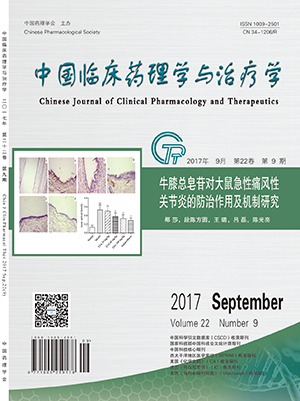AIM: To summarize the effects of nucleoside (acid) drugs on renal function in accepting antiviral therapy chronic hepatitis B patients. METHODS: Clinical data of 176 cases of chronic hepatitis B patients treated with nucleoside (acid) antiviral therapy (28 cases in ADV+LAM treatment group, 20 cases in ADV+ETV group, 21 cases in LAM group, 26 cases in ADV group, 81 cases in group ETV) were recorded, estimated glomerular filtration rate (eGFR) was calculated. The Kruskal-Wallis test or Mann-Whitney test or chi square difference test were used for comparative analysis of differences.RESULTS:The eGFR of the patients in ADV+LAM treatment group, ADV+ETV group, LAM group, ADV group and ETV group were (78.9±13.8),(80.2±15.8),(78.8±12.9),(74.6±14.6),(79.5±13.1) mL·min-1·1.73 m-2, respectively, P>0.05; the number of cases with eGFR less than 80 mL·min-1·1.73 m-2 were 14(50%), 12(60%), 10(47.6%), 20(69.2%), 47(58.0%), respectively, P>0.05. Serum phosphorus levels were (0.95±0.14),(0.92±0.11),(1.02±0.13),(0.92±0.16),(0.97±0.14)mmol/L, respectively, P>0.05; the number of cases with a decreased serum phosphorus level were 15(53.6%), 13(65%), 6(28.6%), 13(50%), 39(48.1%), respectively; Furthermore, there were statistically significant differences between LAM group and ADV+ETV group (χ2=5.466 9, P=0.019 4). CONCLUSION: Long-term antiviral therapy of nucleoside (acid) drugs may affect renal function, in which the effect of ADV is the most obvious, ETV is the second, and LAM is the mildest. The monitoring of eGFR and serum phosphorus level is more sensitive to reveal the damage of kidney.


